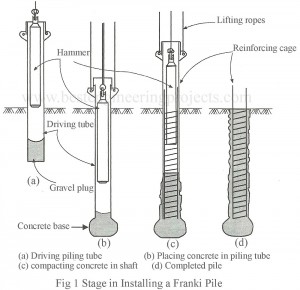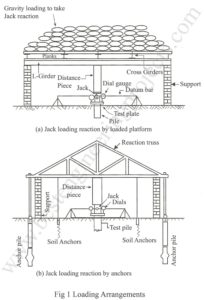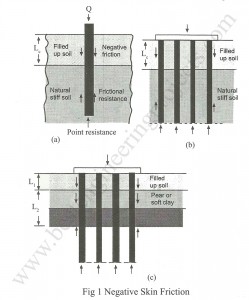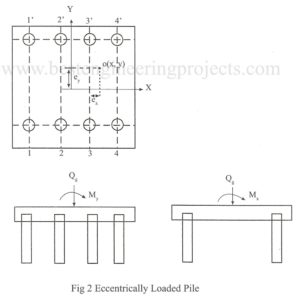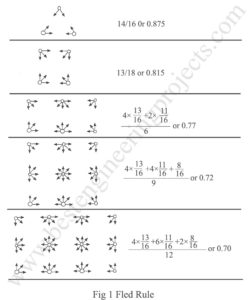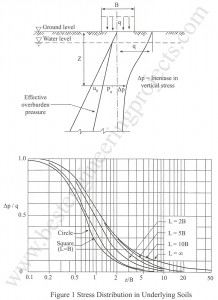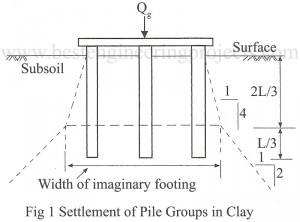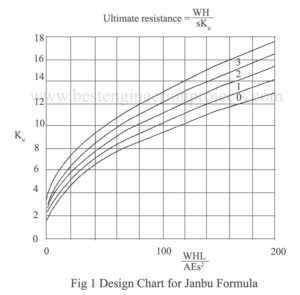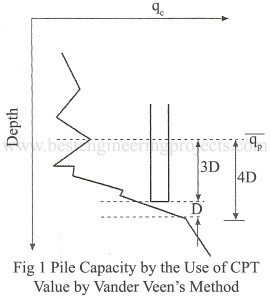Table 1 Advantages and Disadvantages of the Piles According to the Different Installation Methods No. Advantage or Disadvantage Driven Piles Driven & Cast in place piles Bored Piles 1 Pile integrity can be cheeked prior to installation Yes(adv) No No 2 Pile can be driven to a pre-determined set (assuring that the bearing layer has been reached) Yes(adv) Yes No 3 Ease of construction when water table is present Yes(adv) No No 4 During installation the fresh concrete can be damaged due to ground water No(dis.) Yes Yes 5 Possible…
Read MoreCategory: Piled Foundation
Construction of Pile Foundation
Driven and Cast-in-Piles Procedure Bored and Cast-in-Situ Piles Procedure
Read MorePile Load Test | Purpose of Pile Load Test
The purpose of pile load test is: To determine settlement under working load To determine ultimate bearing capacity To ascertain as a proof of acceptability Types of pile Load Test | Pile Load Test | Purpose of Pile Load Test In general two types of pile load tests are conducted. They are: Initial Test Routine Test The initial test is performed before the start of construction to assess the design adequacy. The routine test is performed on a working pile. This test is also known as work test. In initial test, the test…
Read MoreNegative Skin Fraction on Single Pile and on Pile Group
Negative skin friction on pile occurs when the surrounding soil settles relatively more than the pile, causing drag force that increases the load on the pile and resulting in the reduction of carrying capacity of the pile. Such settlement may be due to the weight of the superimposed as shown in Fig.1, to ground water lowering or as a result of disturbance of clay caused by pile driving. The additional load due to negative skin friction may be so large as to cause overstressing of the pile material or may…
Read MorePile Groups Subjected to Eccentric Vertical Loads
When group of piles are loaded centrally over the pile cap, the load is equally distributed on all piles, provided the pile system is symmetrical and the pile cap is rigid and very thick and is in contact with the ground. Thus, when the total vertical load, centrally placed, is Qg, the number of piles is n, then the load transmitted to each pile shall be: When however, the pile cap is eccentrically loaded, as to subject the pile cap to a central vertical load Qg and additional bending moment…
Read MoreDesign of Pile Foundation | Efficiency of Pile Groups
The spacing of the piles is usually predetermined by practical and economical considerations. The design of a pile foundation is usually comprises: Determination of the ultimate load bearing capacity of the group Qu(g) Determination of settlement of the group s(g) It is well known that the ultimate load of the group is generally different from the sum of the ultimate loads of individual piles Qu(s). ——— (1) Where, Ef = Group efficiency ratio Qu(g) = Ultimate bearing capacity of the pile group Qu(s) = Ultimate bearing capacity of single pile…
Read MoreBearing Capacity of Pile Groups in Clay, sands and in Gravel
Bearing Capacity of Pile Groups in Clay Experimental results have indicated that when a pile group installed in cohesive soil is loaded it may fail by one of the following ways. May fail as a block known as a block failure May fail individually in the group When piles are spaced at closer intervals, the soil contained between the pile move downward with the piles and at failure, pile and soil move together to give a typical “block failure”. Normally this type of failure occurs when spacing of the piles…
Read MoreGroup Action of Piles | Settlement of Pile Groups in Clay and in Sand
The pile spacing mainly controls the behavior of pile groups. The spacing should not be too small so that upheaval of ground surface takes place during driving into dense or in-compressible material. On the other hand, if spacing is too large, uneconomic pile cap may result. When driving piles in sand and gravels, it is advisable to start driving at the center of the group and then to work outward, in order to avoid difficulty with “tightening up” of the ground. In the group the following minimum spacing is recommended.…
Read MorePile Driving Formula | Engineering News Formula
Many attempts have been made in the past to determine the relationship between the dynamic resistance of a pile during driving and static load carrying capacity of the pile. These relationships are called pile driving formula and have been established theoretically and empirically. Of many pile – driving formula, which have been, proposed Engineering News Formula, Hiley Formula and Janbu Formula are widely used. Among these the Hiley Formula and Janbu Formula are convenient to use and give reasonable predictions of ultimate bearing capacity of driven piles in granular soils.…
Read MorePile Capacity Based on SPT Results and Static Cone Penetration (CPT) Results
Pile Capacity Based on SPT Results On the basis of SPT results Meycrhof has suggested the following relationships for the ultimate capacity of piles. Displacement piles Qu = 400NAb + 2N’As ———- (1) H Piles Qu = 400NAb + N’As ———- (2) Bored Piles Qu = 133NAb + 0.67N’As ———- (3) Where, Qu = Ultimate total load in kN N = Average SPT value below pile tip N’= Average SPT value along the pile shaft As = Shaft surface area of pile in m2 Ab = Base area of…
Read More